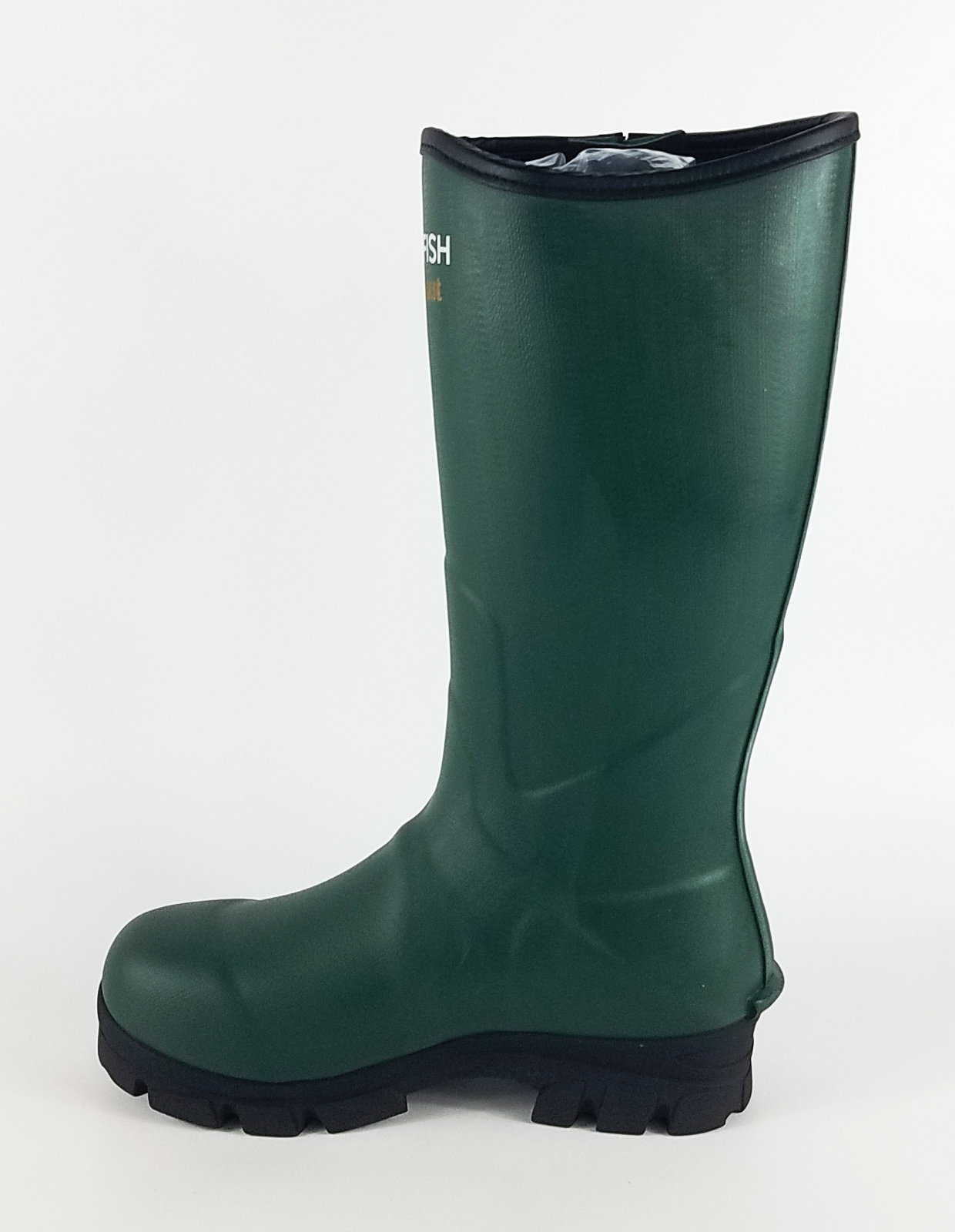Are Rubber Boots Warmer than Leather?
When it comes to footwear options for cold, wet conditions, both rubber and leather boots have their staunch advocates. Each material offers unique properties that can affect warmth, comfort, durability, and overall performance. This article will explore whether rubber boots are indeed warmer than leather boots, factoring in insulation, moisture resistance, and user experiences in various environments.
Insulation Properties
One of the key criteria for determining warmth in boots is the insulation provided. Rubber boots, especially those designed for winter use, often come with built-in insulation materials such as neoprene or thick thermal layers. Neoprene is particularly effective in retaining heat while blocking out cold air, making rubber boots a popular choice for icy conditions. Many rubber boots can be rated for specific temperatures, and with added insulation, they are often found to be quite warm.
On the other hand, leather boots tend to rely on thickness and the quality of the leather for insulation. While high-quality leather can provide good insulation and breathability, it usually lacks the built-in insulation found in some rubber boots. For instance, insulated leather boots can keep your feet warm; however, they might not be as effective in extremely low temperatures unless they are specifically designed for that purpose.
Moisture Resistance
Keeping feet dry is crucial for comfort and warmth in cold weather. Rubber boots have an edge when it comes to moisture resistance. They are completely waterproof, without seams that can allow water in. This makes them ideal for wet, slushy conditions where standing water is common. When your feet stay dry, they are more likely to remain warm since moisture can quickly lead to cold feet.
Leather boots, while often treated for water resistance, can eventually absorb moisture if exposed to prolonged wet conditions. Even with quality waterproofing, the seams and breathability of leather can create vulnerabilities. When leather gets wet and retains moisture, it can lead to a chilling effect, making rubber boots the warmer option in such scenarios.
are rubber boots warmer than leather

Breathability
Although rubber boots boast excellent waterproof properties, they can sometimes lack breathability, which is essential for temperature regulation while walking or engaging in physical activities. If your feet sweat inside rubber boots, that moisture can lead to discomfort and make your feet feel colder over time once that moisture cools down. Some high-quality rubber boots do incorporate breathable linings to mitigate this issue.
Leather boots, particularly those made from full-grain leather, typically allow for better air circulation. This breathability can help regulate temperature and moisture levels, potentially keeping your feet warmer in moderate conditions. However, in extremely cold and wet environments, the lack of waterproof capability may outweigh the advantages of breathability.
User Experiences and Preferences
The choice between rubber and leather boots often comes down to specific use cases and personal preferences. Many outdoor enthusiasts and workers who spend prolonged periods in wet conditions argue that rubber boots keep their feet warmer and drier. They are particularly favored in agricultural settings or during heavy rainfall.
Conversely, those looking for comfort and aesthetics might prefer leather boots, especially in environments where exposure to water is less of a concern. Leather boots can offer a balance of warmth and style, often being easier to break in and more comfortable for daily wear.
Conclusion
In conclusion, whether rubber boots are warmer than leather boots isn't a straightforward answer; it hinges on usage conditions, boot design, and individual preferences. Rubber boots excel in extreme wet conditions and cold temperatures due to their insulation and waterproof nature. Meanwhile, leather boots may provide adequate warmth in less severe climates, coupled with breathability and style. Ultimately, choosing the right boot comes down to weighing your needs in terms of insulation, waterproof capabilities, and the specific environment where you'll be wearing them.
-
Stay Dry in Any Condition with WadersNewsJul.17,2025
-
Elite Performance with Camouflage Combat BootsNewsJul.17,2025
-
Dry and Comfortable with Green Rubber Garden ShoesNewsJul.17,2025
-
Convenient Protection with Foldable RainbootsNewsJul.17,2025
-
Comfort and Protection with Neoprene Work BootsNewsJul.17,2025
-
Brighten Rainy Days with Floral Rain BootsNewsJul.17,2025
-
Safety Wellies: The Ultimate Combination of Protection, Comfort, and VisibilityNewsJun.19,2025











